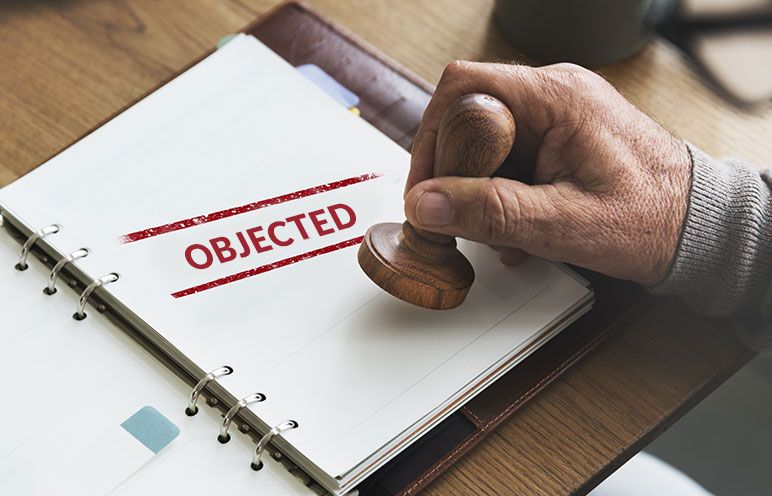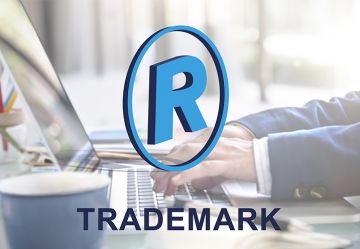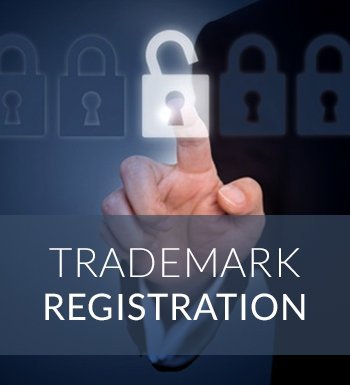In order to obtain the exclusive usage rights over the trademark and protect it from being exploited by any competitor, the owner of the trademark must obtain trademark registration. The process of trademark registration is not a one day process rather it is long journey requiring some effort and patients. In order to acquire the Trademark registration, an effort shall be made by the person to select the most unique and significant brand name or logo for his business.
For acquiring trademark registration an application shall be filed with the trademark registry. As soon as the application is submitted it will be examined by the trademark examiner. After a careful scrutiny of the application, the examiner may approve the application or he may raise certain objections on the basis of section 9 or section 11.
After the careful examination of an application, the registry uploads a copy of Examination Report on their official website. In case the examiner has raised objections on the application filed the status of the application will change to objected.
One thing to be noted here is that the objection raised by the department on its own is known as trademark objection whereas if the competitor brand has raised objection such third party raising objection is called Trademark Opposition.
Let us now take a look at some possible reasons for trademark objection-
1. Confusing trademark – The examiner will raise the objection in case he deems that the trademark can deceive the public in terms of its use, nature, quality, and the like.
2. The absence of unique character- To get registered it is very crucial that the trademark shall be able to uniquely identify the goods and services it is used for. The trademarks applied which are not able to distinguish the goods and services of one person from those of the other person are said to be devoid of distinctive character, and thus liable for objection.
3. The existence of similar trademark- If the examiner deems that the applied trademark has any resemblance or similarity to something that already exists he will raise an objection under section 11(1) of the Trade Marks Act. The objection can only be removed if the applicant can justify his/her trademark by providing evidence of the same being different from already existing ones.
4. Ambiguous specification of goods and services- An objection must be raised by the trademark examiner if the applicant has specified a large number of goods and services in the application or to the fact that the list as mentioned is too vague to be considered.
5. Filing incorrect form- The application must be filed by using an appropriate form. In case the application is not made on the correct form, an objection would be raised by the trademark examiner.
6. Failure to file trademark form TM-48- Form TM-48 must be filed along with the application, whenever a request for a trademark registration is filed by a trademark attorney or an agent. The objection will be raised by the examiner when TM-48 is not attached.






